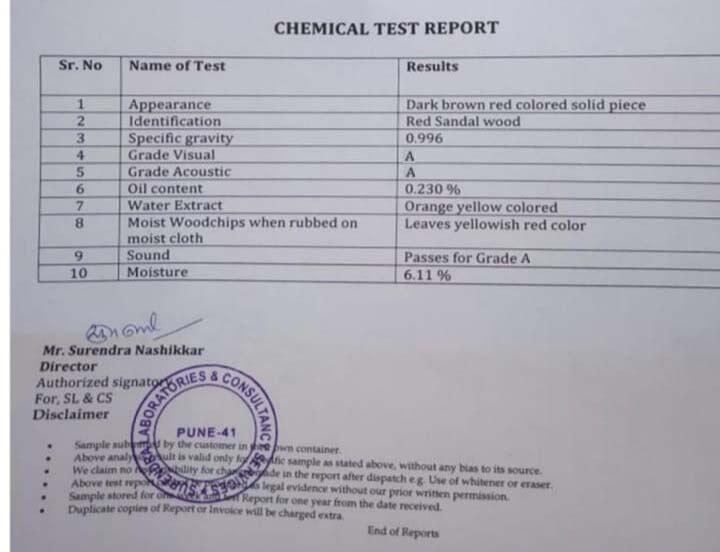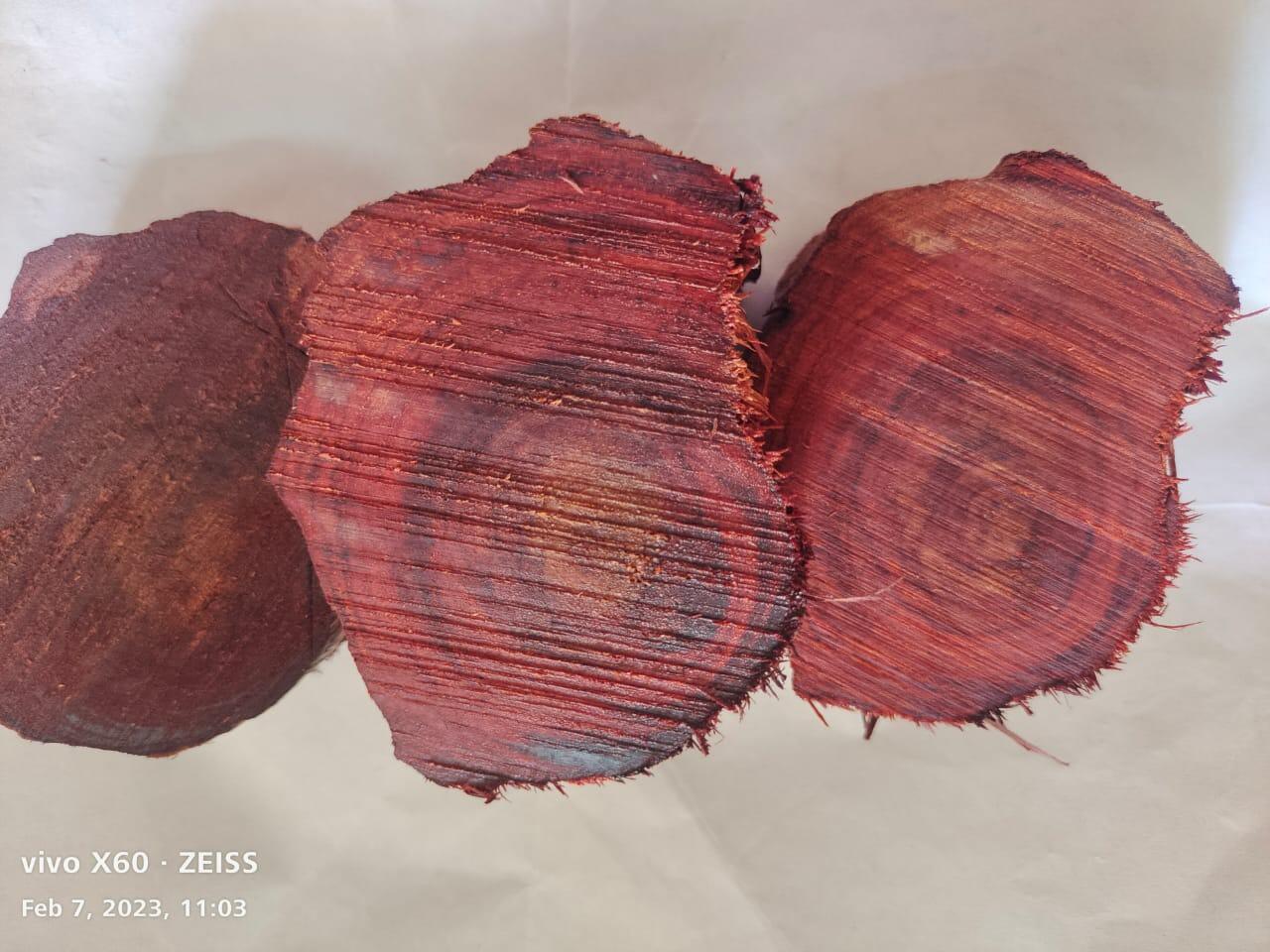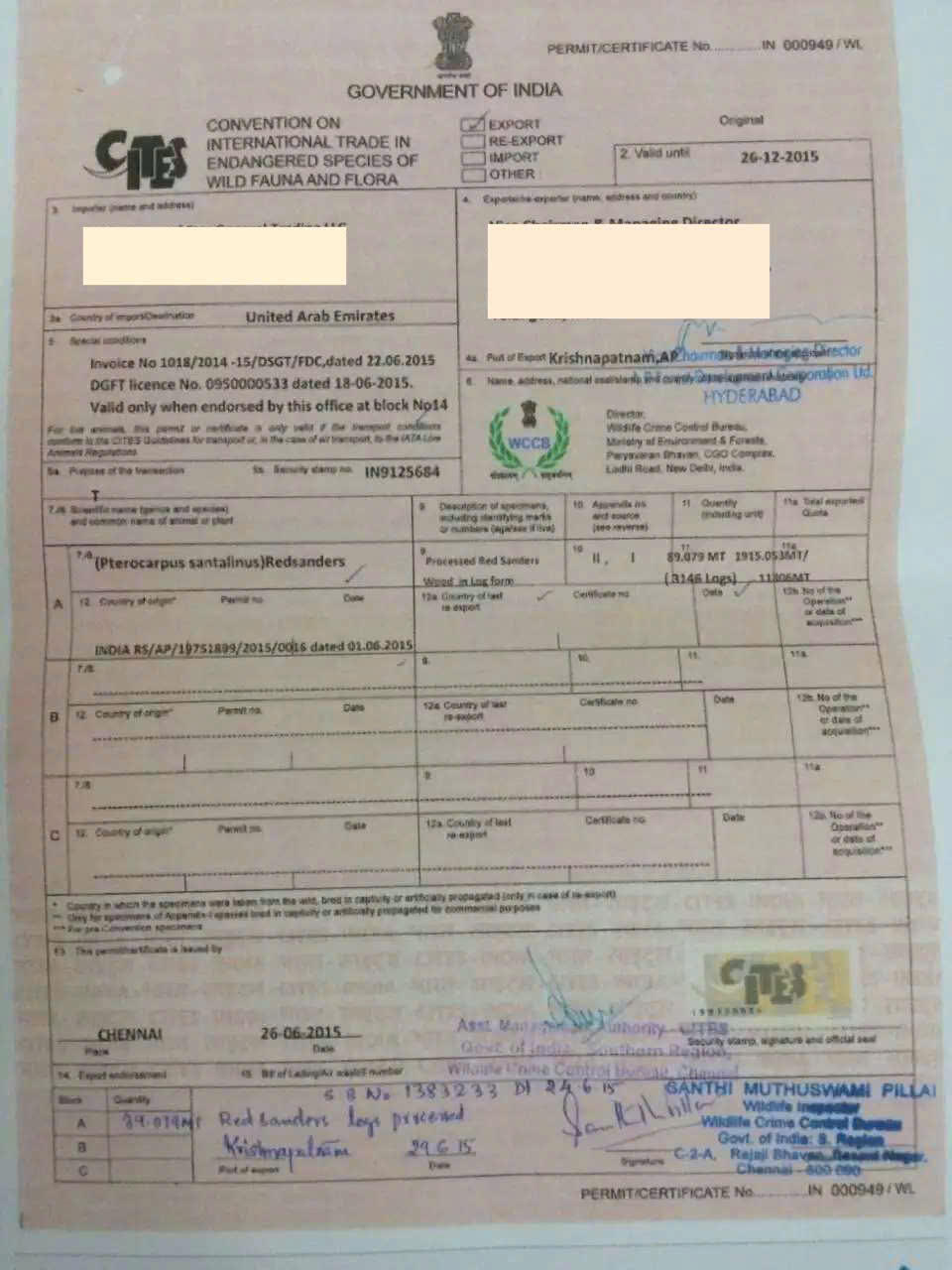-
Hotline : +84 981 282 028
- vyan.company@gmail.com
Red Sandalwood (Pterocarpus Santalinus)
Price:
ContactPeople are viewing this right now
Red sandalwood (Pterocarpus santalinus) is primarily grown in India, especially in the state of Andhra Pradesh, where the climate and soil conditions are most suitable for its growth. Some other countries have begun experimenting with cultivating red sandalwood to meet the rising demand.
In terms of value, red sandalwood is highly prized due to its rarity and wide applications in sculpting, furniture making, musical instruments, and traditional medicine. The market for red sandalwood is expanding, with strong demand from China, South Korea, Singapore, Malaysia, Canada, the U.S., the U.K., and Gulf countries.
By 2039, the red sandalwood market is projected to reach $210.4 million, with an annual growth rate of approximately 1.45%. However, due to overharvesting, the Indian government strictly regulates its export, requiring special permits under the CITES Convention.
Red sandalwood (Pterocarpus santalinus) chủ yếu được trồng ở Ấn Độ, đặc biệt là tại bang Andhra Pradesh. Đây là nơi có điều kiện khí hậu và thổ nhưỡng phù hợp nhất để cây phát triển. Ngoài ra, một số quốc gia khác cũng đang thử nghiệm trồng loại gỗ này để đáp ứng nhu cầu ngày càng tăng.
Về giá trị, red sandalwood có giá trị kinh tế rất cao do tính chất quý hiếm và ứng dụng rộng rãi trong điêu khắc, sản xuất đồ nội thất, nhạc cụ và y học cổ truyền. Thị trường red sandalwood đang phát triển mạnh, với nhu cầu lớn từ Trung Quốc, Hàn Quốc, Singapore, Malaysia, Canada, Mỹ, Anh và các nước vùng Vịnh.
Dự báo đến năm 2039, thị trường red sandalwood có thể đạt 210,4 triệu USD, với tốc độ tăng trưởng khoảng 1,45% mỗi năm. Tuy nhiên, do bị khai thác quá mức, chính phủ Ấn Độ kiểm soát chặt chẽ việc xuất khẩu và yêu cầu giấy phép đặc biệt theo Công ước CITES.

To export red sandalwood, several important documents are required, depending on the exporting and importing countries. Here are some common requirements:
Export License: Some countries, especially India, require special permits to export red sandalwood.
CITES Certification: Since red sandalwood is a protected species under the CITES Convention, a special permit is necessary.
Certificate of Origin: Ensures that the wood has been legally and sustainably sourced.
Phytosanitary Certificate: Needed to meet the quarantine regulations of the importing country.
Commercial Invoice & Bill of Lading: Essential documents for international shipping.
The Indian government imposes strict regulations on red sandalwood exports, including quotas and sourcing verification.
Để xuất khẩu red sandalwood, bạn cần có một số giấy tờ quan trọng, tùy thuộc vào quốc gia xuất khẩu và nhập khẩu. Dưới đây là một số tài liệu phổ biến:
Giấy phép xuất khẩu: Một số quốc gia, đặc biệt là Ấn Độ, yêu cầu giấy phép đặc biệt để xuất khẩu red sandalwood.
Chứng nhận CITES: Vì red sandalwood thuộc danh mục được bảo vệ theo Công ước CITES, bạn cần có giấy phép đặc biệt.
Chứng nhận nguồn gốc: Để đảm bảo gỗ được khai thác hợp pháp và bền vững.
Chứng nhận kiểm dịch thực vật: Đáp ứng các quy định về kiểm dịch của nước nhập khẩu.
Hóa đơn thương mại và vận đơn: Các giấy tờ cần thiết để vận chuyển hàng hóa quốc tế.
Chính phủ Ấn Độ kiểm soát chặt chẽ việc xuất khẩu red sandalwood, với các quy định nghiêm ngặt về nguồn gốc và hạn ngạch xuất khẩu

